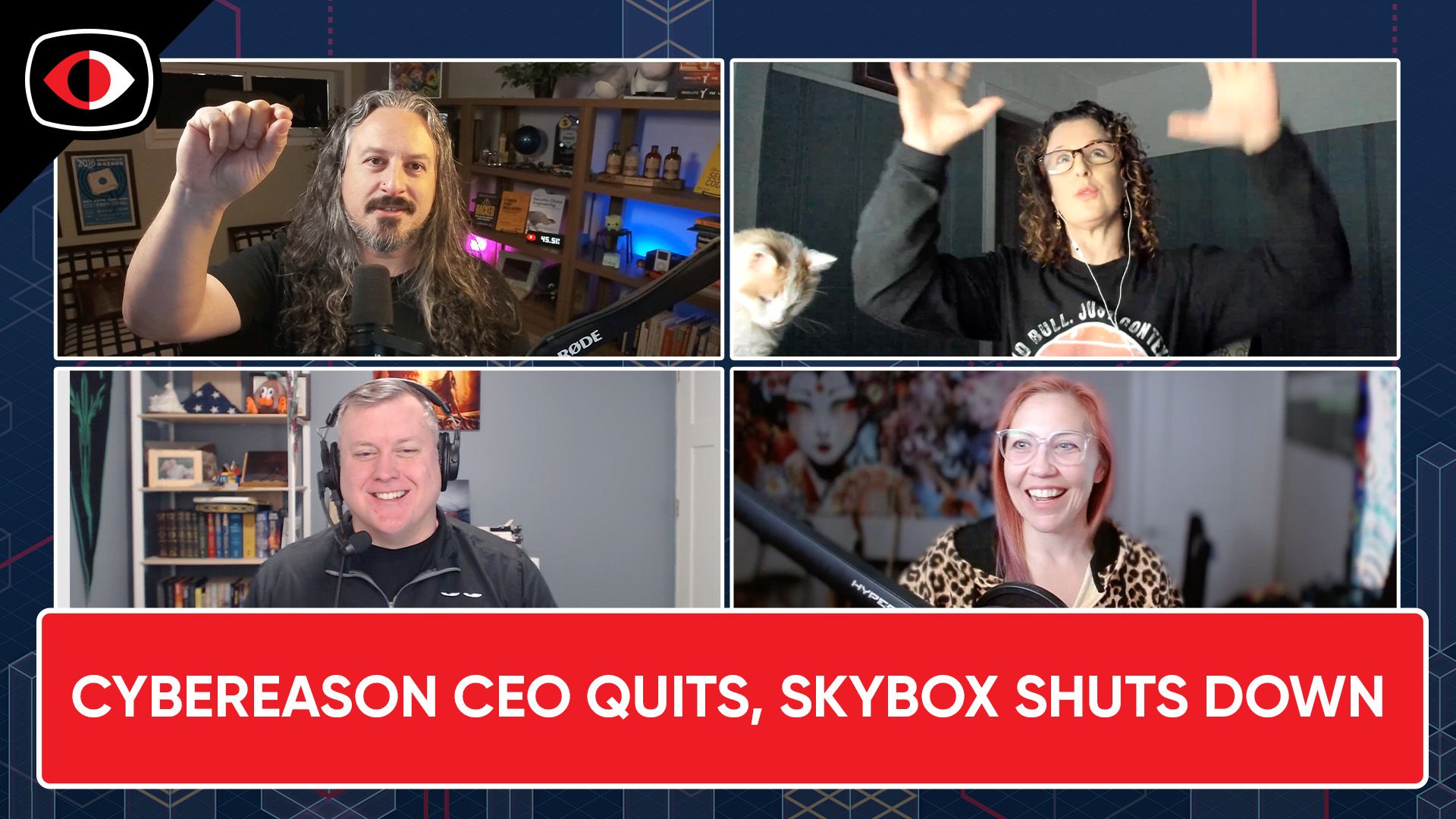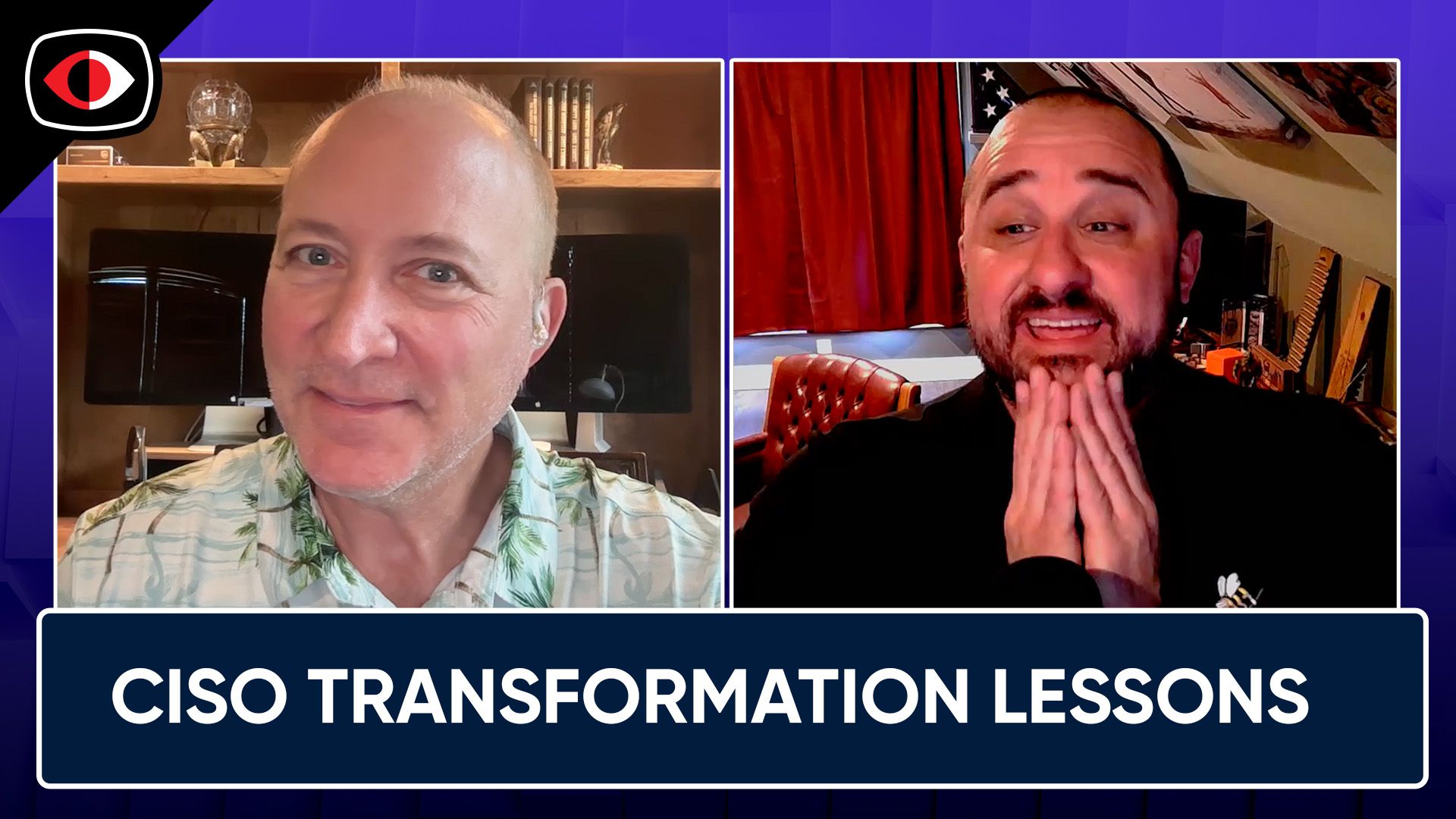BSW #293 – Security Money
Full Audio
View Show IndexSegments
1. Security Money – Waiting for the Recovery – BSW #293
This week, it's Security Money. While the major indexes have improved, the SW25 index has not. Pressures from the macro economic conditions appear to have a greater impact on cybersecurity. We'll dig in and review.
Announcements
We're always looking for great guests for all of the Security Weekly shows! Submit your suggestions by visiting https://securityweekly.com/guests and completing the form!
Hosts
2. CISO Reporting Structure, 5 CISO Traps, and Communicating Cybersecurity Best Practice – BSW #293
In the leadership and communications section, Who Does Your CISO Report To?, 5 CISO Traps to Avoid and Truths to Embrace, How to effectively communicate cybersecurity best practices to staff, and more!
Announcements
Follow Security Weekly Productions on LinkedIn for exclusive show clips, insights, and updates across our organization! Stay connected with our hosts and fellow community members, and join the conversation that's shaping the future of cybersecurity.
Hosts
- 1. Who Does Your CISO Report To?
As we move deeper into a digitally dependent future, the growing concern of data breaches and other cyber threats has led to the rise of the Chief Information Security Officer (CISO). This position is essential in almost every company that relies on digital information. They are responsible for developing and implementing strategies to harden the organization’s defenses against cyberattacks.
However, while many organizations don’t question the value of a CISO, there should be more debate over who this important role reports to. In some cases, the CISO may report directly to the CEO. In others, they may report to the CIO or another senior executive team member. But is there a best practice when it comes to this decision?
- 2. 5 CISO Traps to Avoid and Truths to Embrace
Regardless of industry, CISOs and their cybersecurity programs head down the wrong path as requirements, regulations, and the mission itself evolves. While budget constraints are at the heart of many major decisions, the balance of cost and security is at its core a risk management decision and in line with healthy cybersecurity practices. Budget constraints are also largely outside the control (although not outside the influence) of a CISO. Five avoidable traps within a CISO’s control, that drain resources for a cybersecurity program are: Loss of Purpose, Internal Disconnect, Playing out of Position, Culture of “NO”, and Wasted Effort.
- 3. On deck for the business of cybersecurity: Fire sales and due diligence
Hype around investing in cybersecurity is giving way to talk of economic headwinds and cybersecurity, seen as a cost center, is closely watching the budget chopping block.
This turmoil in 2023 is expected to adversely affect the cybersecurity vendor landscape, spurring a spree of consolidation. One CISO even equated some of the potential market movement to a fire sale.
- 4. Understanding How Emotionally Intelligent Leaders Make Decisions: 5 Things You Need to Know
Leadership is critical to success in any organization, and the ability to make decisions with emotional intelligence is an invaluable skill for leaders. Emotionally intelligent leaders can recognize their feelings and the feelings of others, regulate emotions, and use this understanding to make informed decisions that benefit themselves and their team. Being emotionally intelligent isn’t an inherent skill; cultivating these leadership qualities takes time and practice. But how can you develop these skills and become an emotionally intelligent leader? Read on and discover the power of emotional intelligence in leadership! By understanding the five key elements of emotionally intelligent decisions, you will have the necessary tools to make effective decisions that benefit yourself and your team.
- 5. 7 Ways Managers Can Help Their Team Focus
We know that in our hyper-stimulated world, people struggle to focus. The authors’ recent survey of 1,600 employees and managers revealed findings that should be particularly alarming for people leaders: 60.6% of employees admit that they rarely to never do even an hour or two of deep, focused work each day without distraction. As people leaders, what can you do to encourage your team to limit distractions and find focus? For the last several decades, the authors have studied and coached leaders in the skills to stay productive in a hyper-stimulated world. They present seven ideas for helping your people focus.
- 6. How to effectively communicate cybersecurity best practices to staff
Cybersecurity isn’t the sexiest topic for employee communications. In fact, it’s fair to say that most employees’ eyes glaze over when they see or hear “security.” But organizations that get it right — and get employees engaged — can create the change that’s needed to protect their systems and data.
What does it take? It takes a little creativity and a lot of consistency to move the needle towards a win-win result.









